An art dealer is under investigation for potential fraud over a misattributed Caravaggio painting, with suspicions of false invoicing and misleading the buyer about the painting's authenticity.
A painting, that for a short while was believed to be a lost masterpiece by Caravaggio, has now become the focal point of a major fraud investigation.
The artwork, titled Ecce Homo with Two Executioners, was sold for €275,000 ($297,000) by Spanish dealer Herennia Trillo in early 2023. However, experts from Madrid’s Prado Museum have now denounced it as a forgery, stating that the work is of an unknown artist with “not particularly refined workmanship”.
According to El Confidencial, which first broke the story, Trillo may have conspired with a woman posing as a Caravaggio specialist from the Uffizi Gallery in Florence, identified as Sara Muñoz. A Madrid gallerist, David Badía, is also under scrutiny for allegedly issuing false invoices to obscure the origins of Trillo’s earnings.
Trillo allegedly pressured the buyer into a rushed purchase by claiming other investors were interested. After the sale, she then blocked further authentication and later tried to ship the painting to herself in Switzerland instead of delivering it to the defrauded buyer, according to reports.
Prado experts were called to evaluate the painting last summer. While they confirmed it belonged to the Italian rather than Spanish Baroque tradition and dated it to the early 17th century - technically aligning with Caravaggio’s era - they ruled out its attribution to the Milan-born old master.
The Madrid court will now review the evidence from the Prado's assessment of the painting.
Last year, another Ecce Homo painting authenticated by the Prado as a genuine Caravaggio, sold for $39 million - soaring from its initial €1,500 auction estimate. The oil-on-canvas depicting Christ bleeding under a crown of thorns was open to public viewing from 27 May until October, as part of a unique one-work exhibition at the prestigious Spanish museum.
The man himself
For the uninitiated, Caravaggio - full name Michelangelo Merisi da Caravaggio - was an Italian artist born in 1571. He led a chequered life in which poverty and violence recurred. Caravaggio was in particular a notoriously rumbustious brawler, and four years after fleeing Rome following his involvement - intentional or otherwise - in the murder of a young man, he died in contested circumstances in 1610 at the age of 38.
His art is often identifiable for its use of chiaroscuro - dramatic contrast between light and shadow. Oddly, this technique might be the very reason why some of Caravaggio’s works have gone missing for so long. (Ireland’s National Gallery, for example, now houses the Italian’s The Taking of Christ, after it was discovered in a Dublin dining room in 1990.)
Over the years, as a painting’s varnish yellows or accrues dirt - particularly in smoke-heavy domestic environments - Caravaggio’s hallmark treatment of light can become obscured to the untrained eye.
Euronews Culture's resident film critic David Mouriquand did a deep-dive into Caravaggio’s looming influence on last year's Netflix TV series ‘Ripley’. In the show, set in Italy, the Baroque painter’s works are regularly featured and the cinematography leans heavily into his aesthetic.

 1 day ago
4
1 day ago
4

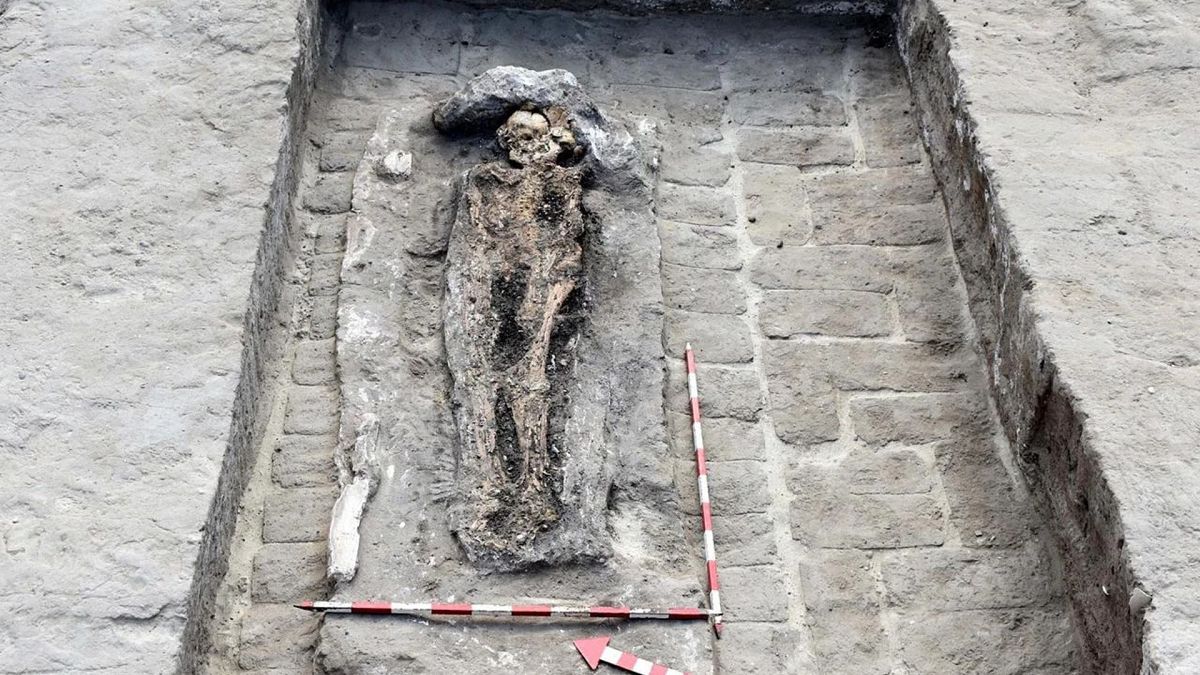
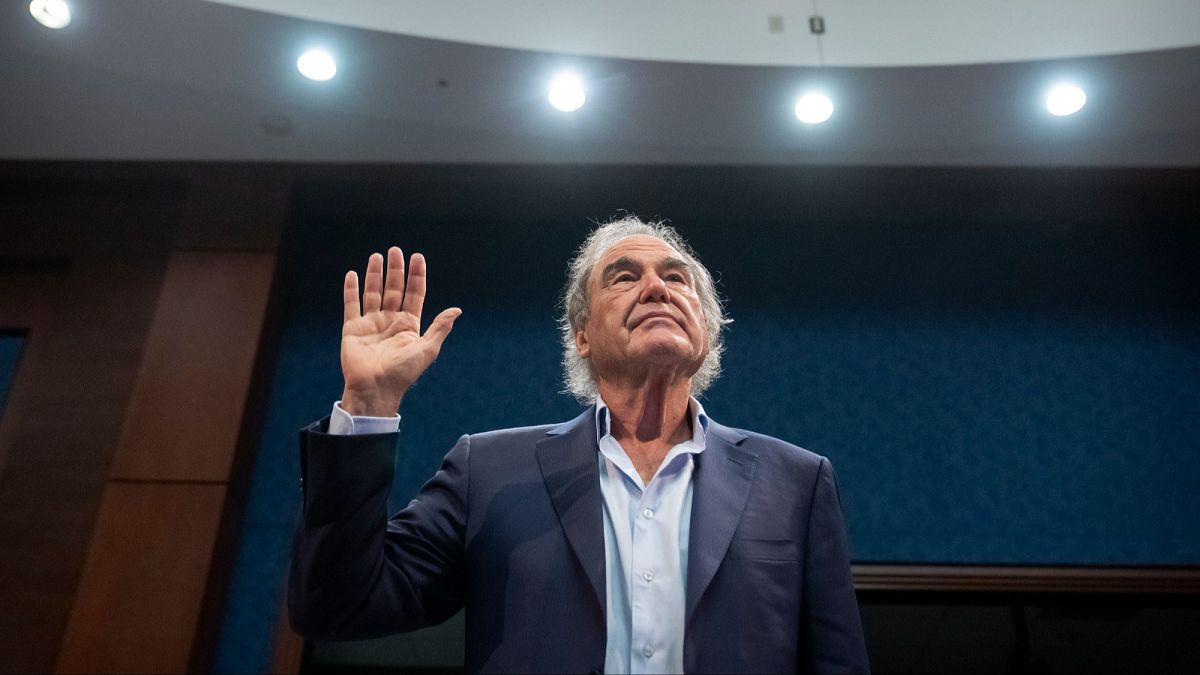
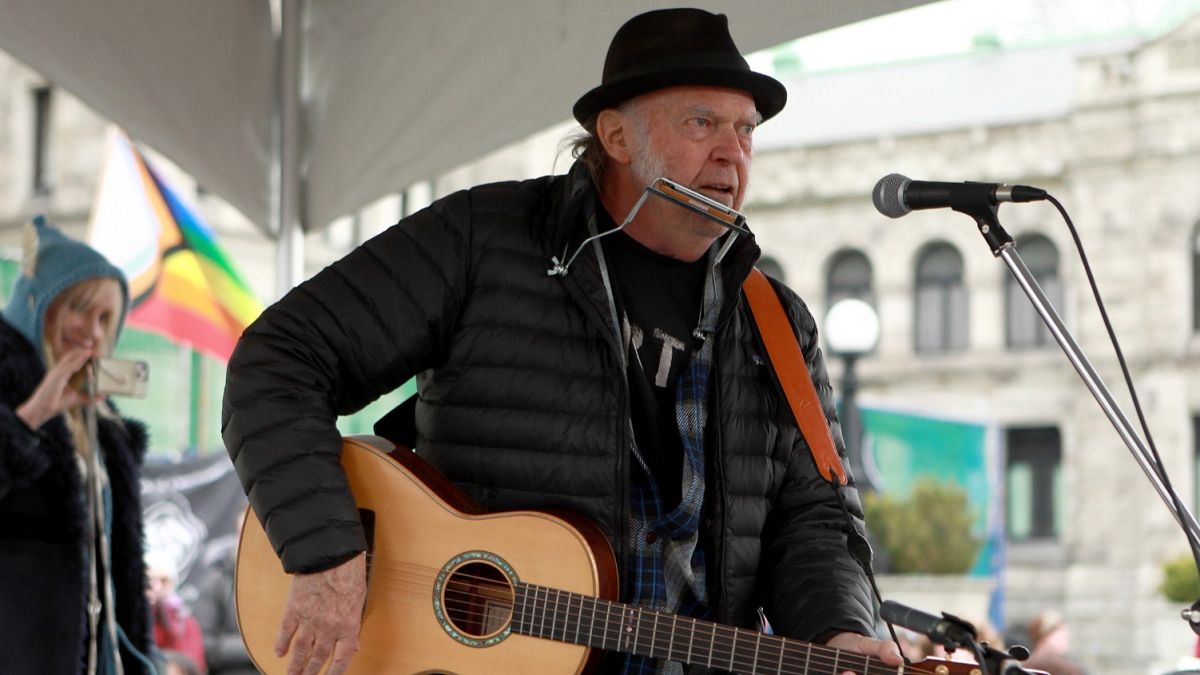
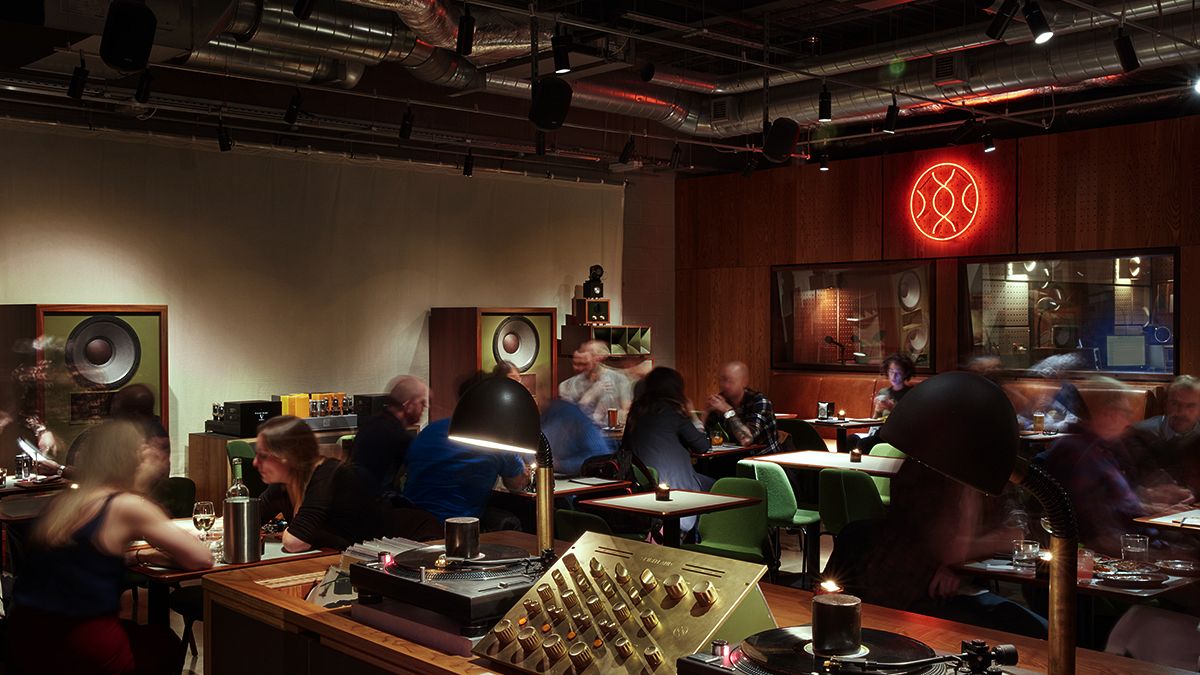
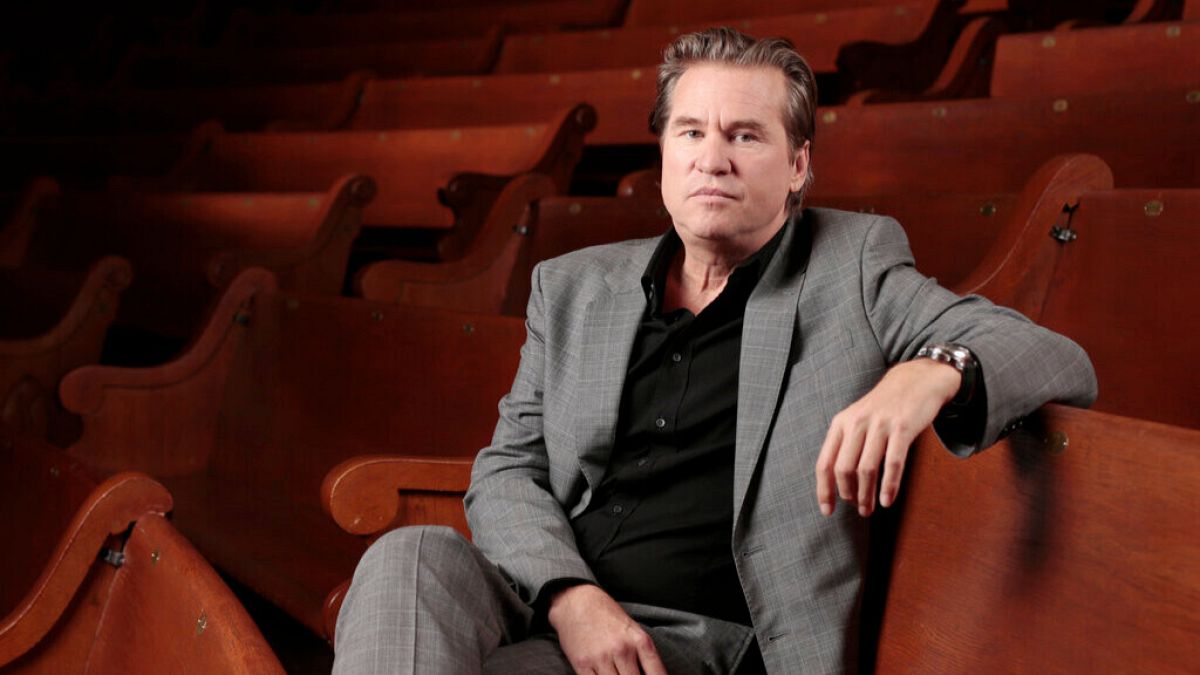
 We deliver critical software at unparalleled value and speed to help your business thrive
We deliver critical software at unparalleled value and speed to help your business thrive



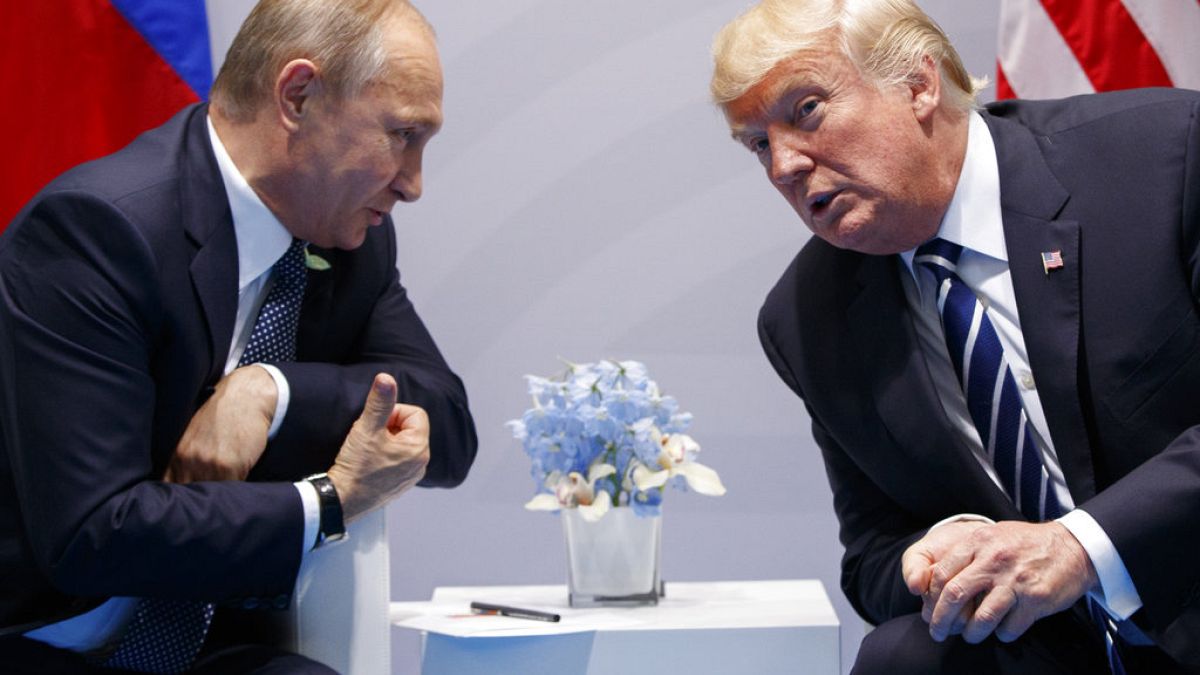


 English (US) ·
English (US) ·